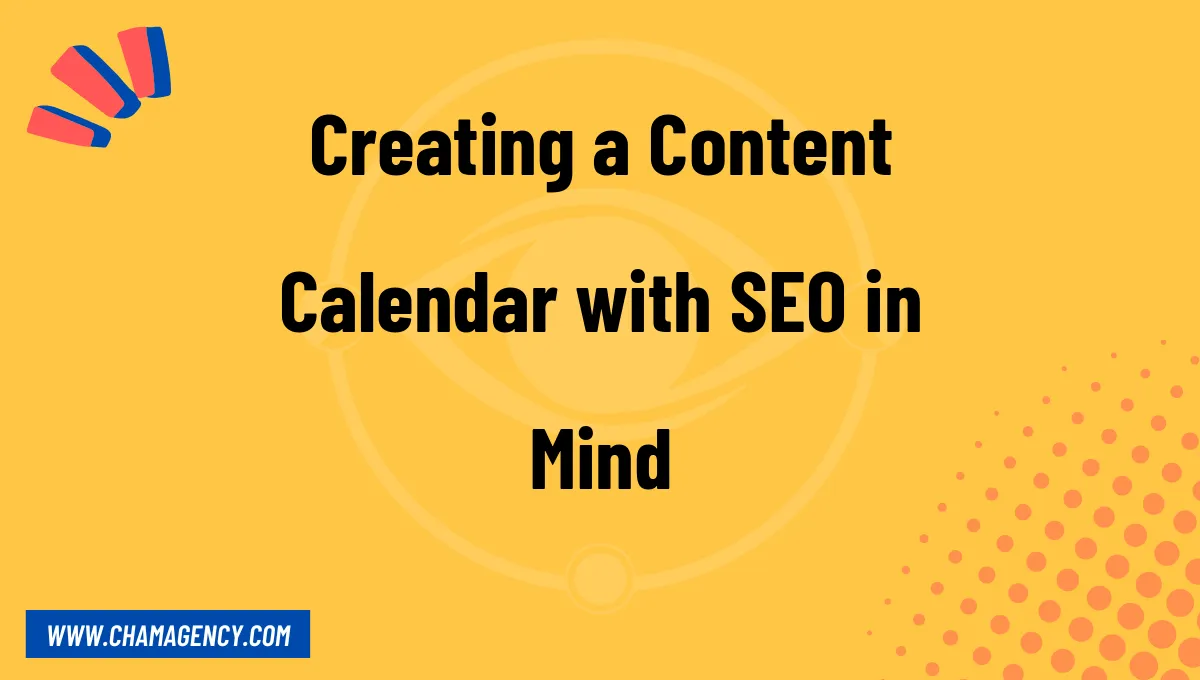Introduction
In today’s digital landscape, having a comprehensive content calendar is crucial for any successful SEO strategy. A content calendar helps you plan and organize your content creation efforts, ensuring that you create high-quality, engaging, and SEO-optimized content consistently. In this article, we will discuss the importance of a content calendar and provide you with a step-by-step guide on how to create one, keeping SEO in mind at every stage.
Why is a Content Calendar Important for SEO?
A well-planned content calendar is essential for optimizing your website’s SEO performance. By organizing your content creation efforts, you can ensure a consistent flow of fresh and relevant content that search engines prefer. A content calendar helps you identify and target specific keywords and incorporate them strategically into your content, improving your website’s visibility in search engine results.
Additionally, a content calendar allows you to plan content distribution across various platforms, such as your website, social media channels, and email campaigns. This ensures that your content reaches a wider audience, increases brand exposure, and boosts overall SEO performance.
Step-by-Step Guide to Creating a Content Calendar with SEO in Mind
Step 1: Define Your Goals and Target Audience
The first step in creating a content calendar is to clearly define your goals and identify your target audience. Understanding your goals will help you create content that aligns with your business objectives. Knowing your target audience will enable you to tailor your content to their needs and preferences, increasing engagement and driving relevant traffic to your website.
Consider conducting keyword research to identify popular and relevant search terms related to your industry or niche. This will help you generate content ideas that resonate with your target audience and improve your website’s SEO performance.
Step 2: Identify Content Topics and Themes
Once you have defined your goals and target audience, it’s time to brainstorm content topics and themes. Look for trending topics, industry news, and customer pain points that you can address through your content. Make sure your topics are relevant, informative, and aligned with your SEO strategy.
Organize your content topics into themes or categories to create a cohesive content plan. This will help you maintain consistency and provide a structured approach to your content creation efforts.
Step 3: Plan Your Content Creation Schedule
Now that you have identified your content topics and themes, create a schedule for content creation and publication. Determine the frequency at which you will publish new content and stick to a consistent posting schedule. This will not only help you stay organized but also improve your website’s credibility and user engagement.
Consider the seasonality of your industry or any upcoming events that you can leverage for content creation. This will make your content more relevant and timely, increasing its chances of being shared and linked to by other websites.
Step 4: Keyword Research and Optimization
Keyword research is a crucial aspect of SEO and should be an integral part of your content calendar planning. Identify target keywords for each content piece based on their relevance, search volume, and competition level.
Once you have selected your target keyword(s), incorporate them strategically into your content. However, avoid keyword stuffing or over-optimization, as it can negatively impact your website’s SEO performance. Focus on providing value to your readers while including keywords naturally within your content.
Step 5: Track, Analyze, and Adjust
After implementing your content calendar, it’s important to track and analyze its performance. Monitor key metrics such as website traffic, engagement, conversion rates, and keyword rankings. Identify any content gaps or areas of improvement based on the collected data.
Regularly review and adjust your content calendar based on your insights. Take note of successful content pieces and replicate their elements in future content creation efforts.
Conclusion
A content calendar is an invaluable tool for anyone looking to improve their SEO performance. By following the steps outlined in this article, you can create a content calendar that aligns with your goals, engages your target audience, and improves your website’s visibility in search engine results. Remember to consistently produce high-quality, unique, and SEO-optimized content, and regularly evaluate and adjust your content calendar for optimal results.









